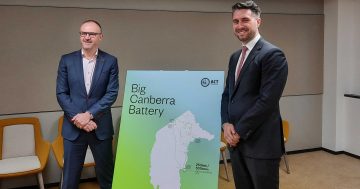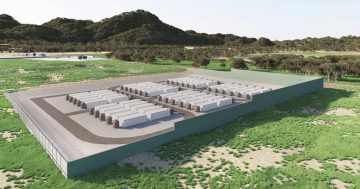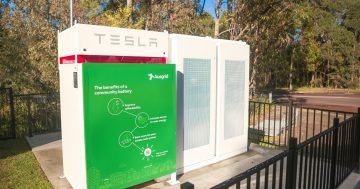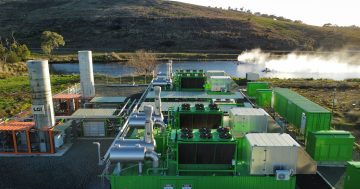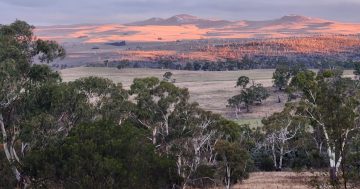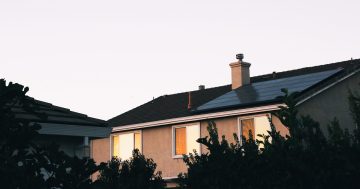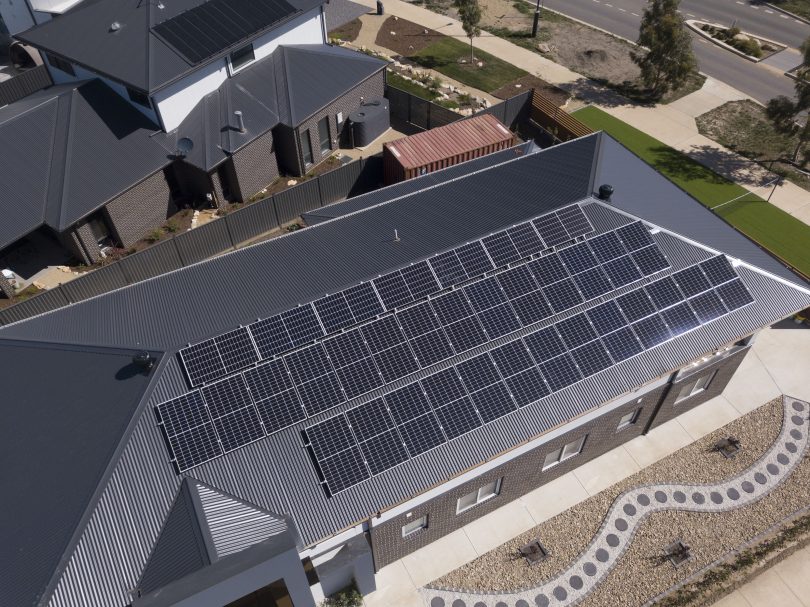
The Big Battery will better integrate the increasing supply of renewable energy in the network and support more renewable power sources. Photo: Mondiaux Solar.
The 250 megawatt Big Canberra Battery project is a step closer with the ACT Government plugging into experienced providers that may wish to tender to supply grid-connected storage systems of 10 megawatts or more.
The expression of interest (EOI) process will identify a shortlist of providers that will then be invited to apply for the next request for proposal stage.
The overall project will be delivered through an ecosystem of batteries of different sizes but this EOI process focuses on large-scale batteries to be connected to the ACT’s transmission or distribution network.
The EOI follows a market sounding earlier in the year and the ACT is considering two “contract for output” options – revenue sharing and virtual storage.
In a revenue sharing arrangement the Territory will pay a fixed annual sum in exchange for a fixed percentage share of total project revenue from the provider, which will be responsible for all control, management, operation and maintenance of the facility.
Virtual storage is a more innovative model that so far is only in operation in Tasmania’s hydro-electric system.
This model fixes the price for the top and bottom intervals of the day using a form of contract for difference that pays the differences in the settlement price between the open and closing trades.
This would fix the maximum daily price spread for a battery and give the provider a fixed hourly cashflow during the highest and lowest spot price periods of each day.
Providers will have to identify suitable sites for battery facilities and the government has compiled a list of its own to assist them.
These sites are:
- Block 1253 in Tuggeranong
- Block 1695 in Tuggeranong – outside of Nature Reserve only
- Block 1470 in Tuggeranong – outside of River Corridor only
- Block 1471 in Tuggeranong
- Block 1 Section 92 Amaroo – southwest of Ginninderra Creek only
- Block 23 Section 65 Gilmore
- Block 3 Section 79 Gilmore
- Block 19 Section 344 MacArthur – outside of Special Purpose Reserve only
- Block 5 Section 61 Lyons – small area adjacent to substation only.
The Big Canberra Battery is part of the Labor-Greens Parliamentary Agreement and will deliver at least 250 MW of battery storage.
It is a key part of the Government’s climate change strategy which aims to reach zero net emissions by 2045.
The Government says the project aims to increase network reliability by reducing pressure and congestion on the grid, better integrating the increasing supply of renewable energy in the network, reducing electricity price spikes, and generating new revenue opportunities for the ACT.
It will also support the addition of more renewable power sources to the network.
The project will involve a distributed network of batteries built across the city and will build on the Neoen and GPG batteries, being developed in Beard as part of an earlier government procurement.
It will work alongside these and other batteries already being built and planned across the city, and household battery systems.
The project’s detailed design work will be undertaken in 2021-22, with construction expected to commence in 2022-23.
This tender closes on 11 February.












